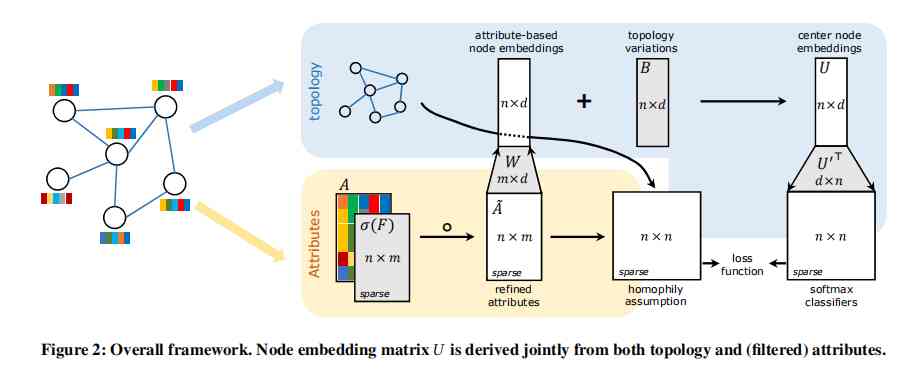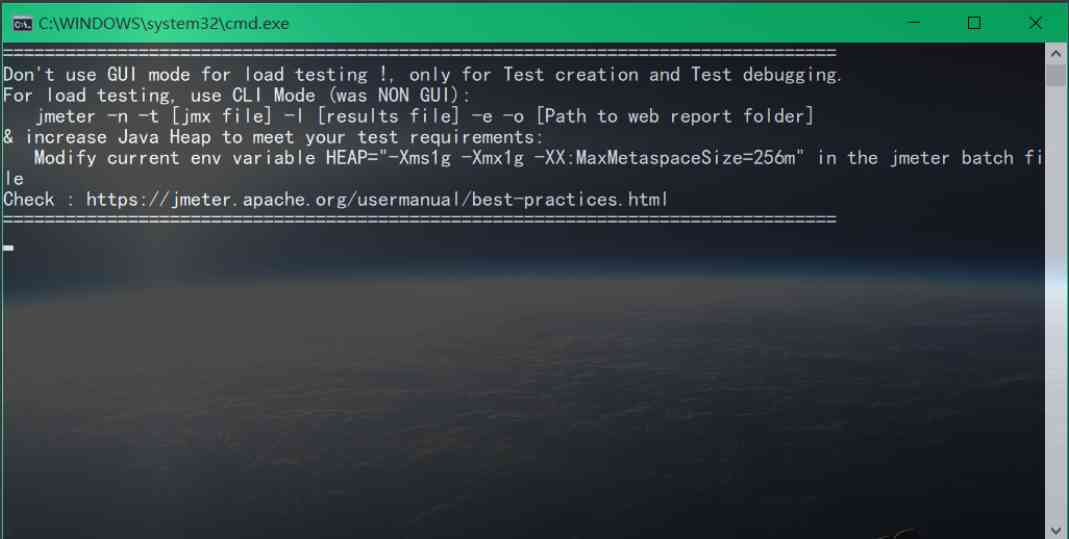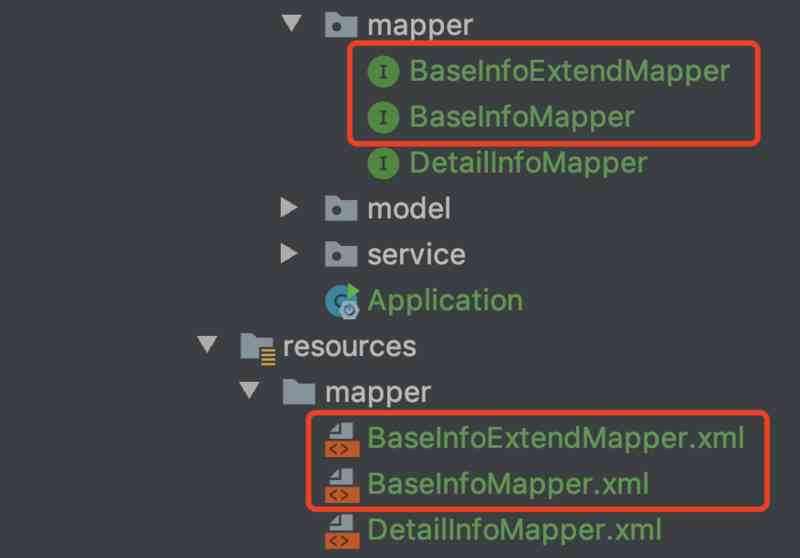[ Paper reading notes ] Network Embedding with Attribute Refinement
The structure of this paper
- solve the problem
- Main contributions
- Algorithm principle
- reference
(1) solve the problem
According to the homogeneity Hypothesis , Similar nodes tend to be linked together , Nodes with similar properties are also topologically connected by . But some of the properties of real networks are not very good , namely Node attributes and topology are often inconsistent , This makes some pairs of nodes similar in topology , But it's not necessarily the same in node properties , vice versa .
(2) Main contributions
Contribution 1: It is found that the node attribute is inconsistent with the node topology .
Contribution 2: A novel unsupervised framework is proposed NEAR, It uses an attribute filter guided by homogeneity to optimize the attributes and solve the inconsistency between node attributes and node topology , So as to improve the accuracy of attribute network representation .
(3) Algorithm principle
NEAR The main framework of the algorithm is shown in the figure below : From the frame diagram, we can see the general idea of the algorithm :( Firstly, it is clear that the parameters to be learned by the network are filters F、 Hidden layer weight matrix W、 Topological information matrix B And the node context vector U') Second, let's look at the introduction of attribute information , Attribute matrix A With a filter F The optimized data matrix is obtained by multiplication A~,A~ And the corresponding weight matrix in the network W Multiply to get a n x d Attribute based node representation vector matrix , Plus the bias matrix in the network B( Represents the network embedding matrix based on topology information ) We can get the node center vector ( The nodes in the neural network are represented by two vectors , Center node vector and context vector , Analogy to Skip-Gram), The node center vector matrix and the node context vector matrix get a similar node similarity matrix , Again softmax Normalization can predict the possible context of the central node ( namely Skip-Gram Model ), The loss function of this part is Skip-Gram Loss function of ( Maximize the co-occurrence probability of nodes ). also , Let's look at the introduction of topological information , Topology information is used to calculate the node similarity matrix n x n ( Introduction ) And A~ Attribute matrix n x n combination , As a term in the loss function . You can see , The final loss function consists of two parts ,Skip-Gram Loss function + Based on the homogeneity assumption, it is used to optimize the node properties ( Solve the problem of inconsistent properties and topology ) Loss function ( Introduction ). About the network training part , Training samples are generated either by sampling neighbors or by random walk .

The loss function consists of two parts , The following is an introduction to each part :
- Skip-Gram The loss function is as follows ( The detailed derivation process is shown in DeepWalk The original paper ): Minimizing the objective function is to find the node vector , It maximizes the co-occurrence probability of nodes in the window .

- Based on the homogeneity assumption, it is used to optimize the node properties ( Solve the problem of inconsistent properties and topology ) Loss function : sim_t It is the similarity of node pairs in topology ( The homogeneity hypothesis can be expressed by the similarity of nodes' neighborhood ), In this paper, I use Adar index To measure ( The two nodes Adar index Measurement calculation : Of all the common neighbors of two nodes logk Divided 1 Sum up ).sim_a Is the attribute similarity of a node pair , In this paper, the cosine of node attribute vector is used to measure . Then minimize the following objective function to express the meaning of : somehow ( Such as filter F) Adjust the attribute vector of the node pair , The product of structural similarity and attribute similarity of node pairs is the largest ( It's the biggest when it's equal ), This ensures that the nodes are in the structure ( attribute ) Similar at the same time in the properties ( structure ) It's similar to , That is to solve the problem of inconsistency between node attribute and node topology .

The final objective function is as follows ( Weighted sum of the above two objective functions ):

(4) reference
Xiao T, Fang Y, Yang H, et al. Network Embedding with Attribute Refinement[J].


